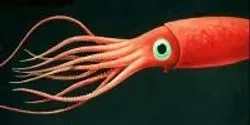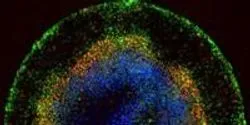News

Scientists from North Carolina State University and the University of Florida have combined cookies, citizen science and robust research methods to track the diversity of ant species across the United States, and are now collaborating with international partners to get a global perspective on how ants are moving and surviving in the modern world.

Researchers at Karolinska Institutet in Sweden have headed a study that has provided new knowledge about the EphA2 receptor, which is significant in several forms of cancer. This is important knowledge in itself – but just as important is how this study, which is published in the highly respected journal Nature Methods today, was conducted. The researchers used the method of DNA origami, in which a DNA molecule is shaped into a nanostructure, and used these structures to test theories about cell signalling.

Cold Spring Harbor Laboratory (CSHL) today (July 7) announced a $50 million gift from Jim and Marilyn Simons to establish the Simons Center for Quantitative Biology. The Center will support research and education programs at one of the world’s leading independent biomedical research institutions, a birthplace of molecular biology and one of the first institutions in the world to recognize the importance of quantitation in the life sciences.

"Nanoconfined ß-Sheets Mechanically Reinforce the Supra-Biomolecular Network of Robust Squid Sucker Ring Teeth"

University of Adelaide scientists have identified the genes in wheat that control tolerance to a significant yield-limiting soil condition found around the globe - boron toxicity.

In chambers that mimic Mars' conditions, University of Michigan researchers have shown how small amounts of liquid water could form on the planet despite its below-freezing temperatures.

About seven days after conception, something remarkable occurs in the clump of cells that will eventually become a new human being. They start to specialize. They take on characteristics that begin to hint at their ultimate fate as part of the skin, brain, muscle or any of the roughly 200 cell types that exist in people, and they start to form distinct layers.














